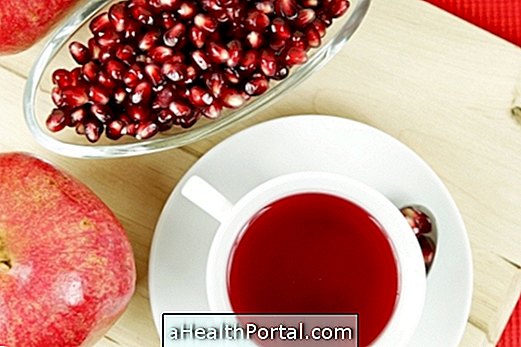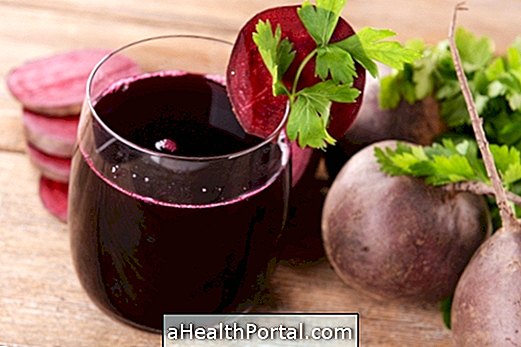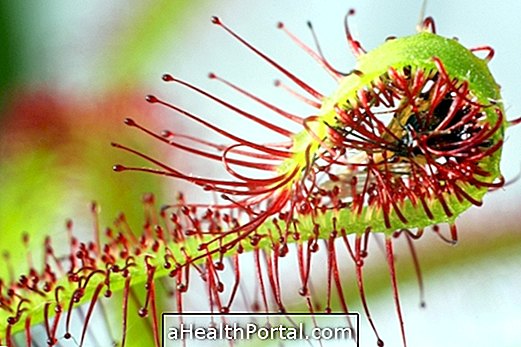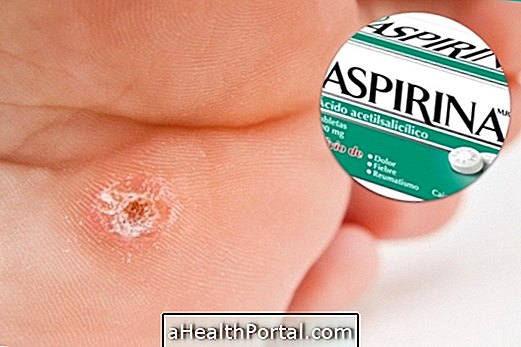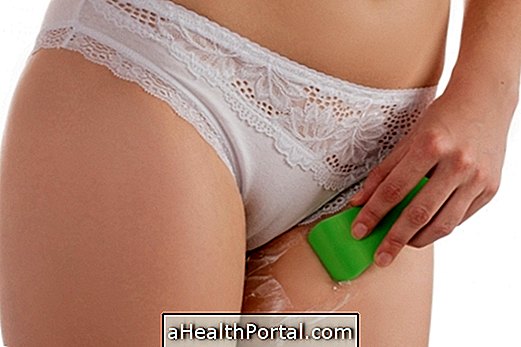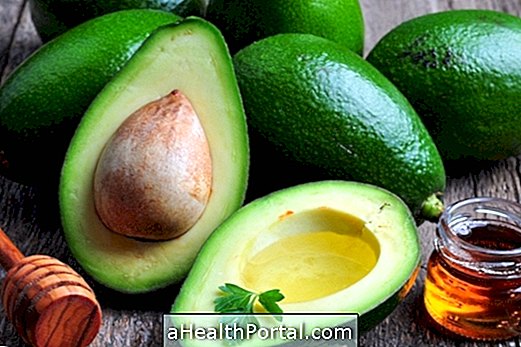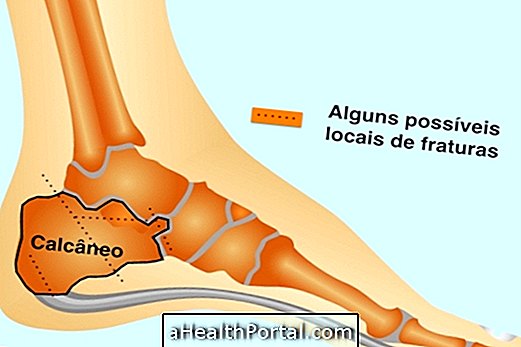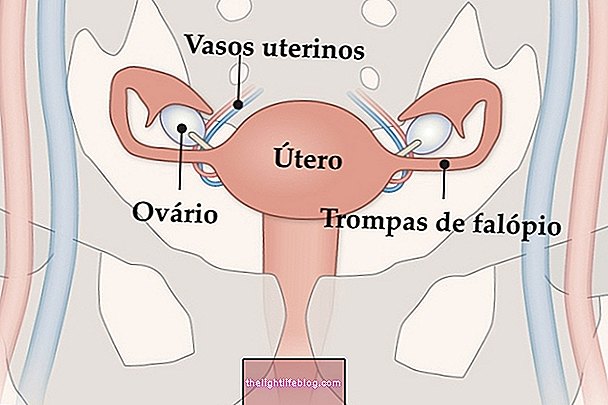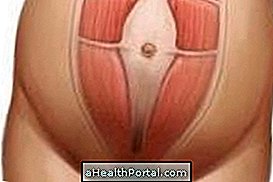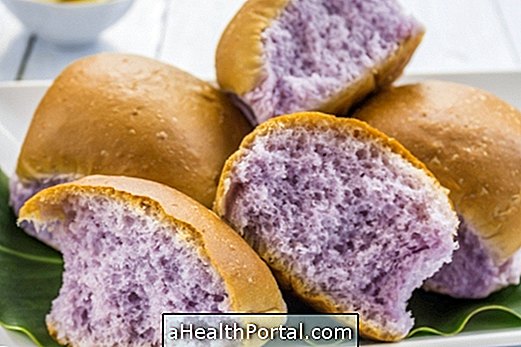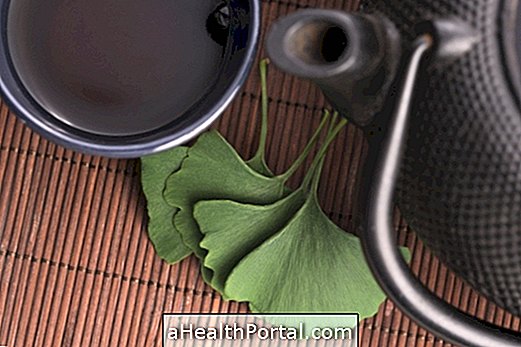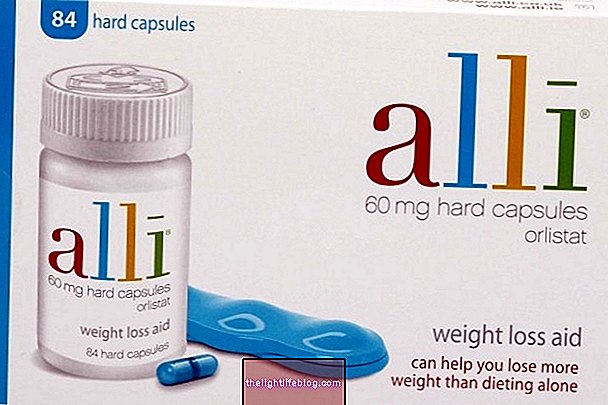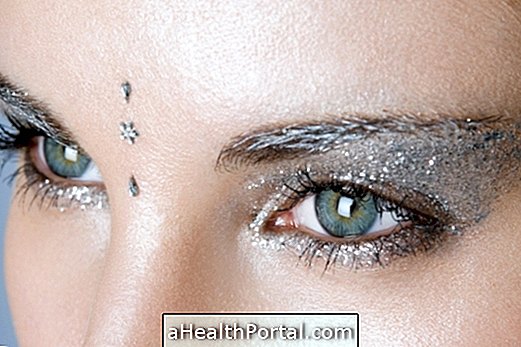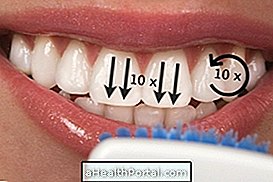Healing ointments are a great way to accelerate the healing process of various types of wounds as they help skin cells recover faster, making them a good choice for treating wounds caused by surgeries, strokes or burns.
Normally, the use of this type of ointment also helps prevent infections, as they prevent the proliferation of microorganisms, close the skin more quickly, reduce pain and prevent the formation of ugly scars.
However, ointments should only be used under the guidance of a doctor or nurse, because some have substances such as antibiotics or anti-inflammatories that should not be used in all types of wounds and therefore can worsen the wound if are misused.
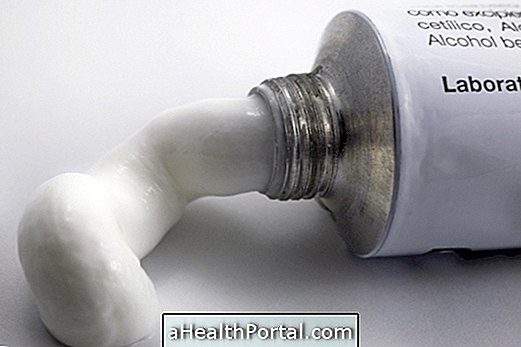
Main types of healing ointments
There are many types of ointments that help the healing process, prevent infection, accelerate epithelialization and regeneration, or relieve itching and discomfort. Some of the most used, according to the type of wound, include:
- After surgery: Nebacetin, Kelo-cote;
- C-section: Cicalfate, Kelo-cote;
- Superficial cuts: Reclus, Cicatrizan, Nebacetin or Bepantol;
- Wounds on the face: Cicalfate, Bepantol or Cicatricure;
- Tattoo: Derma Bepantol, Nebacetin or Aloe Vera Ointments;
- Burn: Fibrase, Esperson, Dermazine or Nebacetin.
These ointments are usually sold in pharmacies, and for some it may be necessary to present a prescription, however, it is advisable to consult a dermatologist first to assess which ointment is suitable for the problem to be treated.
Although adverse reactions such as redness, burning or swelling are rare after application of this type of ointment, they may occur and in such cases it is recommended to wash the area immediately in order to remove the product and seek medical advice.
How to avoid an ugly scar
Watch the following video and know all you can do not to have a very obvious scar, with volume and much adhered to the muscle:

When not using
In most cases, healing ointments sold without a prescription at the pharmacy can be used without any contraindication. However, pregnant or lactating women, people with a history of allergies and sensitive skin, and children should always consult a doctor first.
How to Make Homemade Healing Ointment

A great homemade healing ointment can be made with a plant called weedworm because it has excellent healing and anti-inflammatory properties that help in the healing process, while reducing pain.
This healing ointment is indicated for treating various skin problems, such as closed wounds, ulcers, varicose veins and even hemorrhoids.
Ingredients
- 2 tablespoons of dried herb leaf;
- 100 mL mineral oil;
- 30 mL of liquid paraffin.
Method of preparation
Put the dried leaves in a saucepan and cover with mineral oil. Turn the heat low and boil for about 10 minutes, stirring constantly. Then strain and mix this oil with the same amount of liquid paraffin until a homogeneous mixture is formed. Pour into a glass container and keep it tightly covered.
To apply the ointment, you should wash the place with soap and water, dry and pass some of the herb-ointment, gently and with circular movements.
To avoid the scars that form after the wound, check out other great home remedy recipes.
